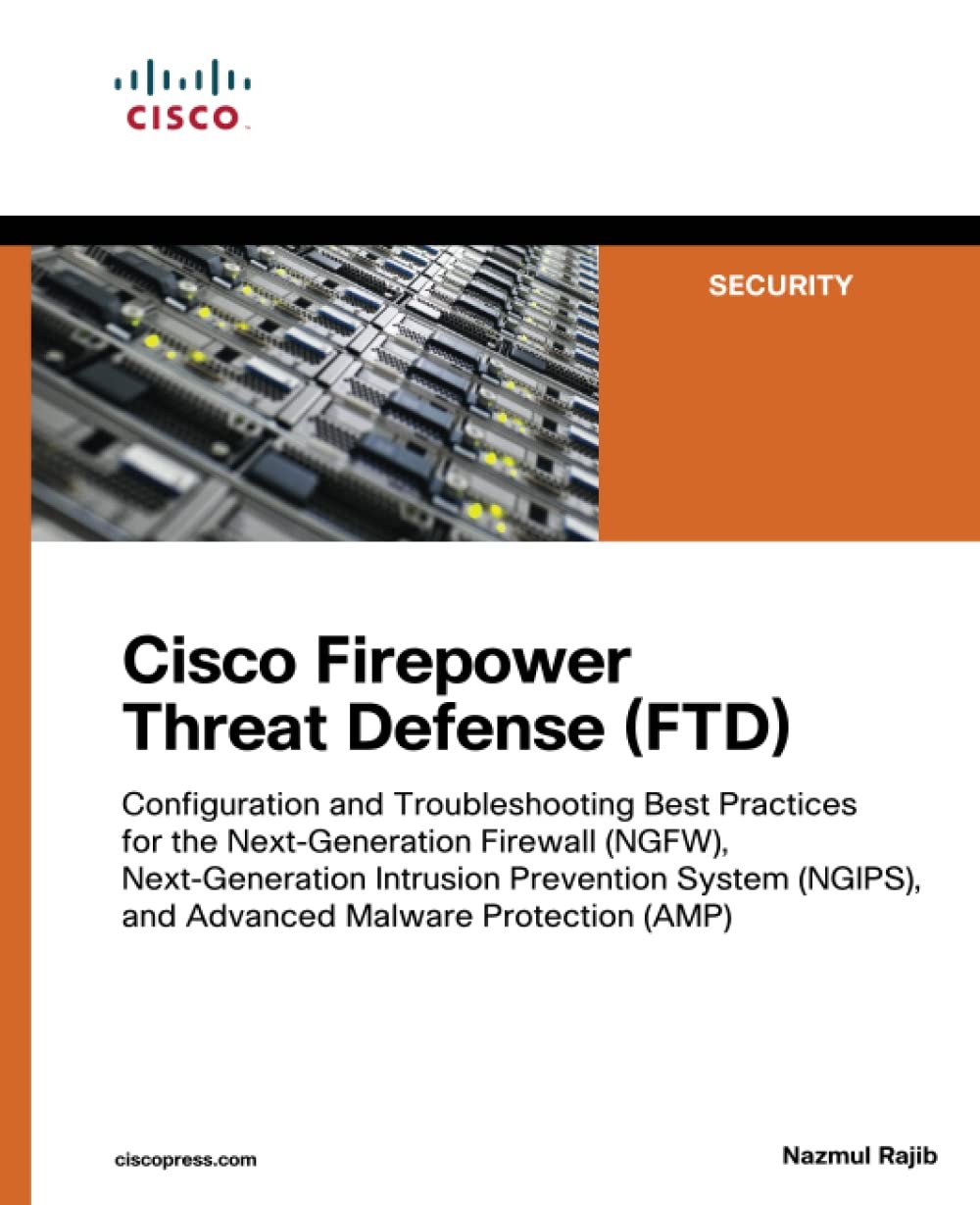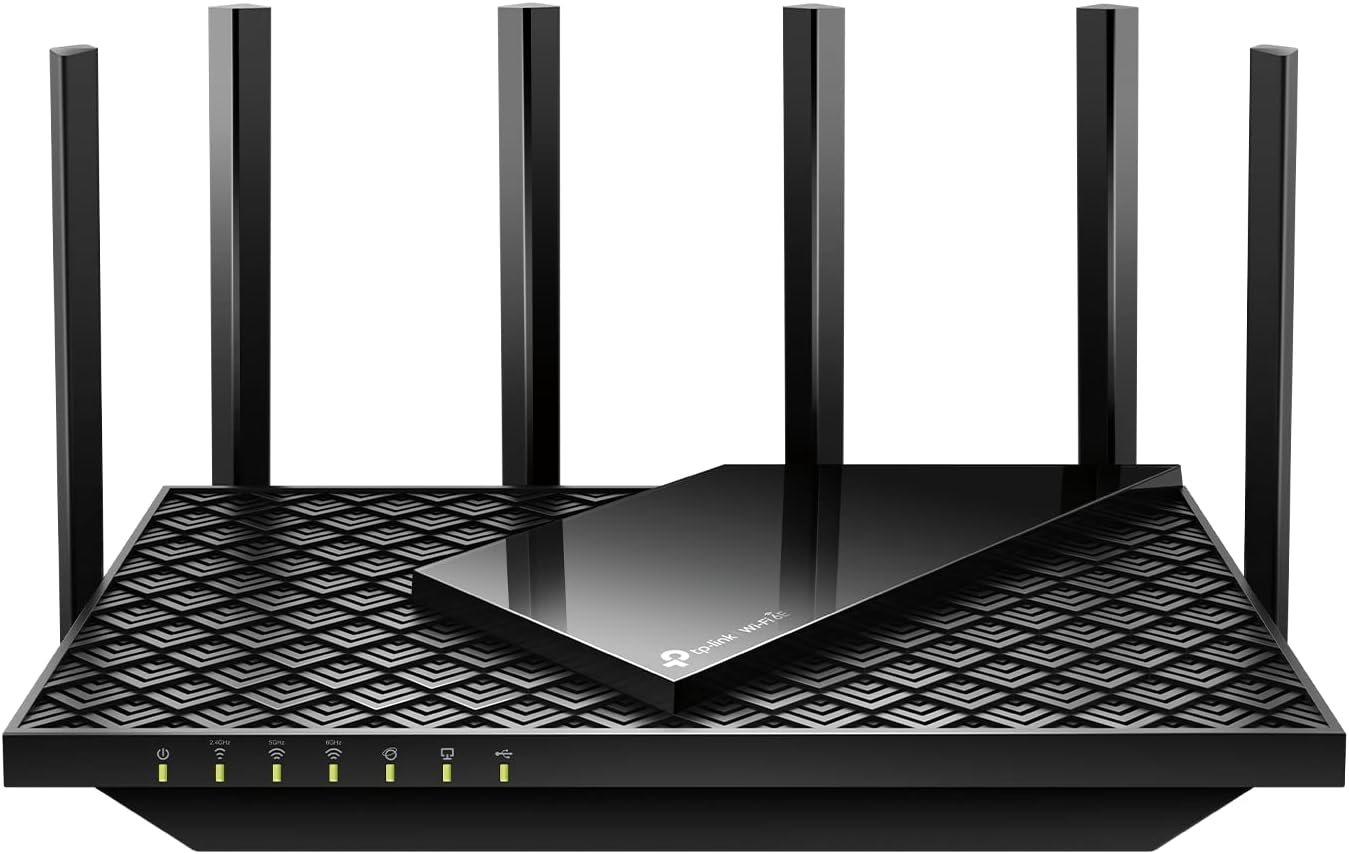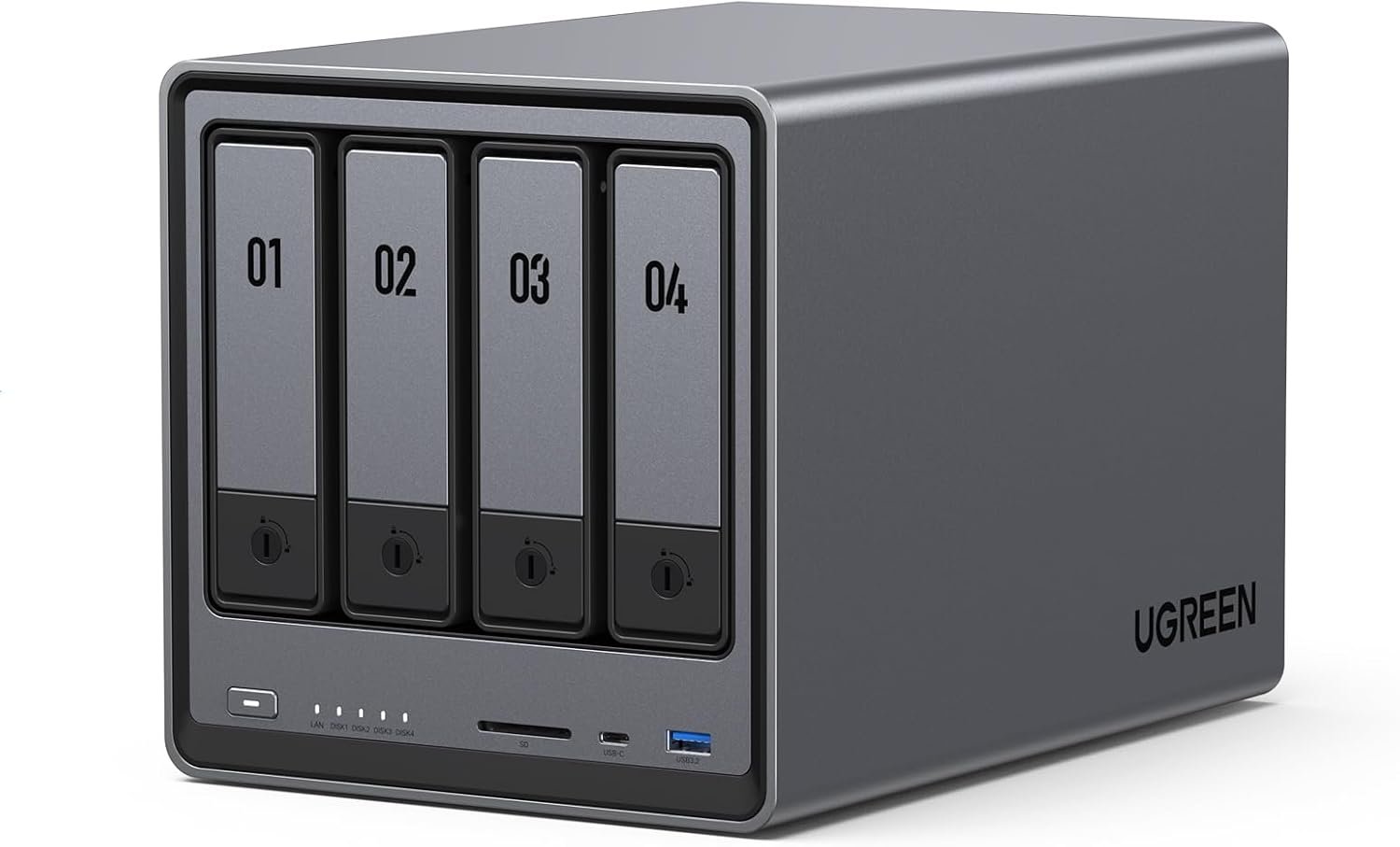As we step into 2025, the cybersecurity landscape is evolving rapidly. Will traditional firewalls become relics of the past, or will they remain vital in a world dominated by AI and Zero Trust architecture? The answer lies in understanding how these technologies are reshaping network security.
With AI integration, firewalls are gaining unprecedented capabilities to detect and respond to threats in real-time. Zscaler’s predictions highlight that AI-driven firewalls will be essential for combating sophisticated cyberattacks. Meanwhile, Zero Trust architecture is redefining access control, ensuring that no user or device is trusted by default.
The cyber threat landscape is becoming more complex. Ransomware attacks are on the rise, with 66% of transportation organizations already affected, while 77% of government and public sector organizations lack full visibility over their IoT devices. These statistics underscore the urgency for enhanced security measures.
Organizations must adapt their security strategies to stay ahead of threats. SentinelOne’s research suggests that AI-powered security solutions will be critical in 2025. Businesses are increasingly adopting advanced analytics and automation to bolster their defenses, ensuring they remain competitive and secure in a rapidly changing environment.
This article explores the future of firewalls, the impact of AI and Zero Trust, and the necessary steps organizations must take to safeguard their networks. The insights provided will help you determine whether firewalls are obsolete or more essential than ever in 2025.
Key Takeaways
- AI integration is transforming firewall technology for modern threat detection and response.
- Zero Trust architecture is becoming a cornerstone of network security, minimizing trust-based risks.
- The increasing sophistication of cyber threats necessitates advanced security measures.
- Organizations must adopt a proactive approach to cybersecurity to stay competitive.
- Firewalls are evolving to remain relevant in the face of emerging challenges.
The authoritative visual guide to Cisco Firepower Threat Defense (FTD)
This is the definitive guide to best practices and advanced troubleshooting techniques for the Cisco flagship Firepower Threat Defense (FTD) system running on Cisco ASA platforms, Cisco Firepower security appliances, Firepower eXtensible Operating System (FXOS), and VMware virtual appliances.
Understanding the Cyber Landscape in 2025
The cyber landscape is undergoing significant changes as we approach 2025. The rise of advanced threats and the increasing complexity of attacks are reshaping how organizations protect their networks and data.
Emerging Threats and Evolving Attack Complexity
Cybercriminals are becoming more sophisticated in their methods. Ransomware attacks, for instance, have increased by 24% in the UK during the first half of 2024. These attacks now often involve double or triple extortion tactics, where data is both encrypted and stolen.
Another emerging threat is the use of AI by attackers to create hyper-personalized phishing campaigns. These campaigns are more challenging to detect because they mimic legitimate communications more effectively than ever before.
- Ransomware attacks are becoming more aggressive, with double or triple extortion tactics.
- AI-driven phishing campaigns are making traditional security measures less effective.
- Supply chain attacks are on the rise, with attackers targeting third-party vendors to infiltrate larger organizations.
The Impact of AI on Cyber Threats
AI is a double-edged sword in the world of cybersecurity. While it empowers defenders with advanced threat detection and response capabilities, it also equips attackers with sophisticated tools to bypass traditional security measures.
According to recent research, AI is being used to develop polymorphic malware that can alter its code to evade detection. This makes it increasingly difficult for organizations to rely solely on conventional security tools.
Organizations must adopt a proactive approach to cybersecurity. This includes investing in advanced analytics and automation to stay ahead of threats. The integration of AI into security strategies is no longer optional but a necessity to combat the evolving cyber landscape effectively.
The Evolution of Firewalls: From Legacy to Next-Gen
Over the years, firewalls have undergone significant transformations to keep pace with the ever-evolving cyber threat landscape. What began as basic packet filtering has now evolved into sophisticated, analytics-driven solutions designed to combat modern threats.
Moving Beyond Traditional Security Controls
Traditional firewalls were once the cornerstone of network security, but their static nature and limited visibility have become liabilities in today’s dynamic environment. These legacy systems often struggle to detect advanced threats like ransomware and phishing attacks, which exploit vulnerabilities beyond the perimeter. For instance, the rise of double extortion ransomware attacks highlights the need for more robust security measures.
Advancements in Firewall Technology
Next-generation firewalls have emerged as a game-changer, integrating AI and cloud capabilities to enhance threat detection and response. These advanced solutions leverage machine learning to analyze network traffic patterns, enabling real-time detection of anomalies. For example, deep learning algorithms can identify and block sophisticated attack vectors that traditional systems might miss. Additionally, cloud-native firewalls provide seamless protection across distributed environments, ensuring consistent security posture.
By adopting these cutting-edge technologies, organizations can stay ahead of cybercriminals and safeguard their networks against emerging threats. The continuous innovation in firewall technology underscores its enduring relevance in modern cybersecurity strategies.
Firewalls 2025 AI cybersecurity trends Zero Trust architecture Next-gen: Key Insights
The integration of AI and Zero Trust principles is reshaping the role of firewalls in modern cybersecurity.
Integration with AI-Driven Analytics
AI-driven analytics is revolutionizing how firewalls detect and respond to threats. By leveraging machine learning, these systems can identify patterns and anomalies in real-time, significantly improving threat detection accuracy. For instance, Zscaler’s predictions suggest that AI-enhanced firewalls can block sophisticated threats like zero-day exploits more effectively than traditional systems.
Embedding Zero Trust Principles
Zero Trust architecture is becoming a cornerstone of modern cybersecurity. By embedding these principles into firewalls, organizations can enforce strict access controls, ensuring that no user or device is trusted by default. This approach minimizes the risk of breaches by continually verifying the identity and permissions of all users and devices.
- AI-driven firewalls enable real-time threat detection and response.
- Zero Trust principles enhance security by eliminating inherent trust in users and devices.
- Combining AI and Zero Trust creates a robust security framework.
Organizations adopting these technologies report improved incident response times and reduced breach incidents. For example, Palo Alto Networks highlights that AI-powered firewalls have reduced the average response time by 40%.

As cyber threats evolve, integrating AI and Zero Trust into firewalls is no longer optional. These technologies are essential for building resilient security architectures in 2025 and beyond.
Addressing Security Challenges in a Zero Trust Environment
As organizations embrace Zero Trust, they face unique challenges, particularly in balancing strict access controls with operational efficiency. This delicate balance is crucial for maintaining security without hindering productivity.
Mitigating Insider Threats and Ransomware Risks
Insider threats pose significant risks, as both negligent and malicious actors can bypass traditional security measures. According to ThreatLabz, ransomware attacks have evolved, with threat actors exploiting weaknesses in legacy systems. These attacks often involve double extortion, where data is both encrypted and stolen, increasing the pressure on organizations to pay ransoms.
To combat these threats, organizations should implement enhanced monitoring and behavioral analytics. SentinelOne’s research highlights the effectiveness of Zero Trust controls in mitigating insider risks. By limiting access to sensitive data and continuously monitoring user activity, organizations can reduce the risk of breaches.
Key Strategies for Mitigation:
- Adopt policy changes that limit insider risks while empowering employees.
- Implement continuous vulnerability management and timely patch cycles.
- Enhance monitoring and response plans to detect and address threats promptly.
By integrating these strategies, organizations can create a robust security framework that addresses both insider threats and ransomware risks, ensuring a secure environment in a Zero Trust world.

Strategic Advances in AI-Driven Cyber Defense
In today’s rapidly evolving digital world, organizations are leveraging cutting-edge technologies to fortify their defenses. AI-driven solutions are at the forefront of this transformation, offering unprecedented capabilities to detect and mitigate threats in real time.
Leveraging AI for Enhanced Threat Detection
AI-powered tools are revolutionizing threat detection by analyzing vast amounts of data swiftly. Research from SentinelOne highlights how machine learning algorithms can identify patterns and anomalies, significantly improving detection accuracy. For instance, AI-enhanced systems can block sophisticated threats like zero-day exploits more effectively than traditional methods.
Aligning Firewall Strategies with Next-Gen Cybersecurity Trends
Integrating AI with existing firewall strategies creates a more agile and responsive security posture. Palo Alto Networks demonstrates how AI-powered firewalls reduce response times by up to 40%. Aligning these strategies with cloud integration and automated threat response is crucial for addressing emerging threats effectively.
- AI analyzes large data volumes in real time, enhancing threat detection.
- Integration of AI with firewalls improves agility and responsiveness.
- Organizations using AI can mitigate anomalies before major incidents.
- Aligning strategies with cloud trends ensures robust security postures.
By embracing AI-driven solutions, organizations can stay ahead of cyber threats, ensuring their digital assets remain secure in an ever-changing landscape.
Conclusion
As we look to the future, the role of firewalls in cybersecurity continues to evolve, blending seamlessly with advanced technologies to meet modern challenges. The central debate—whether firewalls will become obsolete or remain essential—has been answered by their continuous adaptation. Today’s security landscape demands more than traditional defenses, and firewalls have risen to the challenge by integrating cutting-edge innovations.
The integration of AI and Zero Trust principles has redefined how organizations protect their networks. These advancements enable real-time threat detection, enhanced access controls, and a proactive approach to security. As cyber threats grow in sophistication, the need for robust, adaptive solutions becomes clearer.
Organizations must adopt a forward-thinking strategy, investing in next-gen solutions that align with current trends. Proactive planning and continuous monitoring are critical to staying ahead of threats. By embracing these advancements, businesses can safeguard their assets and maintain a resilient security posture.
In conclusion, the evolution of firewalls underscores their enduring relevance. As the digital world advances, staying informed about emerging trends and technologies is essential. Assess your current measures, adopt innovative solutions, and ensure your organization remains secure in the face of evolving challenges.
The UGREEN NASync DXP4800 is shaking up the network storage game with a feature-packed 4-bay desktop NAS designed for speed, scalability, and seamless media streaming. Built around Intel’s efficient N100 Quad-core CPU and 8GB of DDR5 RAM, this diskless powerhouse promises enterprise-grade performance for home labs, creative professionals, and small businesses. But does it deliver? Let’s dive into its standout specs:
- Blazing-Fast Connectivity: Dual 2.5GbE ports ensure lightning-fast data transfers, while two M.2 NVMe slots let you cache or host apps on ultra-responsive SSDs.
- 4K Media Ready: The HDMI 2.0 port transforms this NAS into a Plex or Emby server, streaming 4K HDR content without breaking a sweat.
- Expandable Storage: Four drive bays (plus dual NVMe) support up to 80TB+ for massive media libraries or backups.
- Energy Efficiency: Intel’s N100 CPU balances raw power with low power draw—ideal for 24/7 operation.
Why It Stands Out in 2024:
With hybrid workforces and 4K content demands soaring, the DXP4800 bridges the gap between prosumer and enterprise needs. Its dual 2.5GbE ports future-proof your network, while the NVMe slots eliminate bottlenecks for multi-user workflows. Plus, UGREEN’s sleek design and intuitive software (preloaded on 32GB eMMC) make it a plug-and-play contender against pricier Synology/QNAP models.
Perfect For:
- Home media enthusiasts craving a lag-free 4K streaming hub.
- Photographers/videographers needing rapid RAW file access.
- Small businesses prioritizing secure, scalable backups.
Final Verdict:
The NASync DXP4800 isn’t just another NAS—it’s a Swiss Army knife for data-heavy users. If you’re done with sluggish transfers and cramped storage, this might be your 2024 upgrade.






